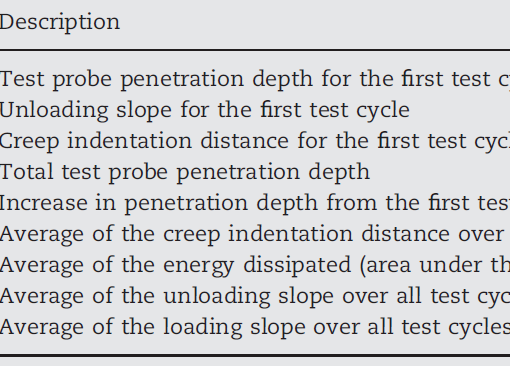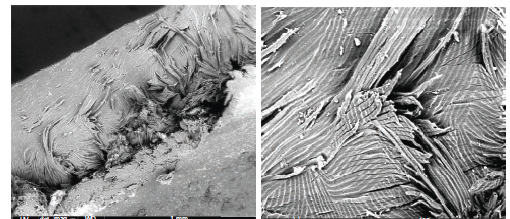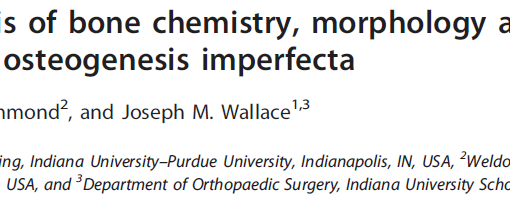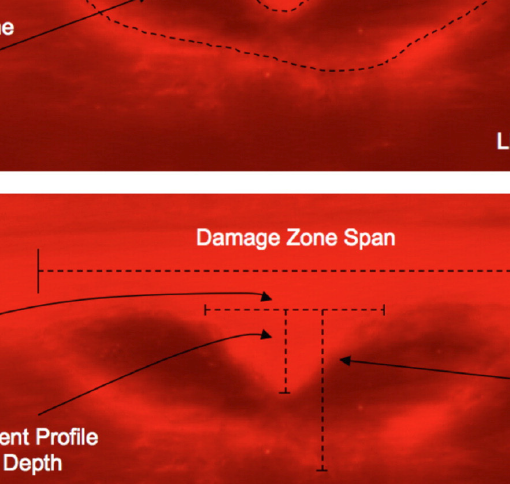Abstract
Exercise that mechanically loads the skeleton is advocated when young to enhance lifelong bone health. Whether the skeletal benefits of elevated loading when young persist into adulthood and after menopause are important questions. This study investigated the influence of a surgically induced menopause in female Sprague-Dawley rats on the lifelong maintenance of the cortical bone benefits of skeletal loading when young. Animals had their right forearm extrinsically loaded 3 d/wk between 4 and 10 weeks of age using the forearm axial compression loading model. Left forearms were internal controls and not loaded. Animals were subsequently detrained (restricted to cage activities) for 94 weeks (until age 2 years), with ovariectomy (OVX) or sham-OVX surgery being performed at 24 weeks of age. Loading enhanced midshaft ulna cortical bone mass, structure, and estimated strength. These benefits persisted lifelong and contributed to loaded ulnas having greater strength after detraining. Loading also had effects on cortical bone quality. The benefits of loading when young were not influenced by a surgically induced menopause because there were no interactions between loading and surgery. However, OVX had independent effects on cortical bone mass, structure, and estimated strength at early postsurgery time points (up to age 58 weeks) and bone quality measures. These data indicate skeletal loading when young had lifelong benefits on cortical bone properties that persisted independent of a surgically induced menopause. This suggests that skeletal loading associated with exercise when young may provide lifelong antifracture benefits by priming the skeleton to offset the cortical bone changes associated with aging and menopause.
https://www.ncbi.nlm.nih.gov/pubmed/23782938
Endocrinology. 2013 Sep;154(9):3178-87. doi: 10.1210/en.2013-1227. Epub 2013 Jun 19.





